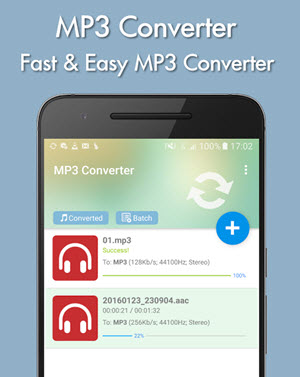



Examples of some popular containers are OGG (.ogg), AVI (.avi), MPEG (.mpeg), Matroska (.mkv). The container is represented by a file extension. These components would be the video itself, the audio track(or even multiple audio tracks), the subtitles if any, meta-data and so on. Container: A container, (as the word suggests) is something that contains the components of a video together.Currently, h265 and vp9 are popular video codecs with great support. The codec to be used is decided depending on factors like target file-size and target quality. Decoding is a process that reverses the encoding process for playback. Encoding is the process where the video data is compressed/encrypted for transmission or storage. Codec: A codec is nothing but a way/method of encoding or decoding a video.If you haven’t already installed FFmpeg, you can download and install it from here. FFmpeg has a lot of options/parameters and sometimes these can get quite convoluted, so we will go through the most common video tasks explaining in detail the options/parameters to be passed. FFmpeg is a powerful tool compatible with major Operating Systems (Linux, Mac, Windows). It can re-encode videos and join, merge or split videos at ones will. FFmpeg can be used to encode videos into difference formats.


 0 kommentar(er)
0 kommentar(er)
